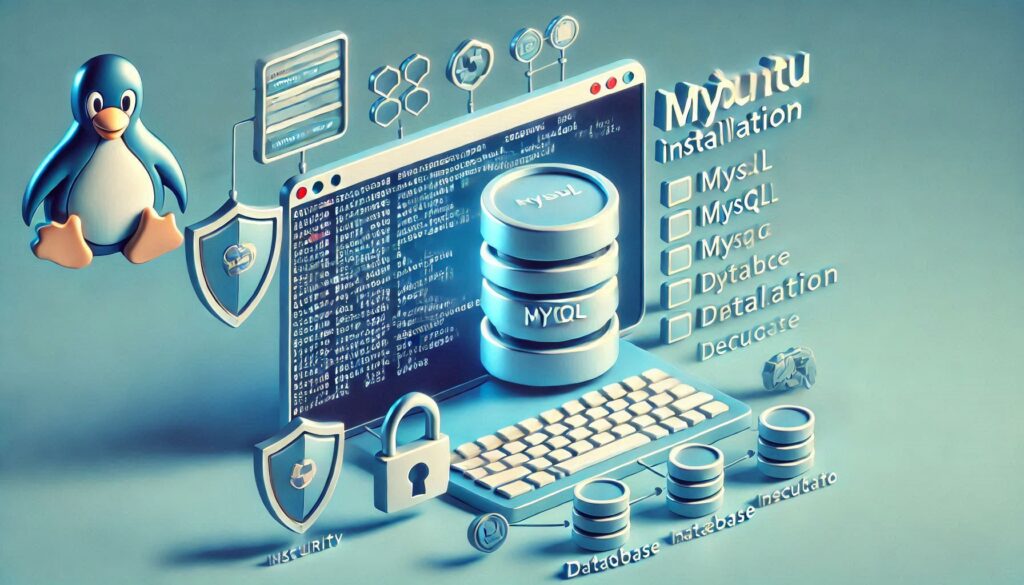Estimated reading time: 3 minutes
As someone who relies heavily on MySQL for managing databases, especially at socketdaddy.com, I’ve seen its evolution over the years.
MySQL 9.0 introduces significant changes, especially in terms of authentication methods. The MySQL 9.0 release finally removes the weaker mysql_native_password method and favours the more secure caching_sha2_password method as the default plugin. This shift addresses the security weaknesses inherent in the older method and highlights the importance of using more secure authentication mechanisms.
Why mysql_native_password Was Weak
The mysql_native_password plugin was vulnerable due to its use of the SHA-1 hashing algorithm, considered outdated and insecure by modern standards. SHA-1 has known vulnerabilities that can potentially allow attackers to crack passwords more easily. This method also relied on a simple challenge-response mechanism that could be susceptible to replay attacks, making it less secure in protecting user credentials (MySQL Developer Zone).
New default MySQL 9.0 Authentication Plugin: caching_sha2_password
MySQL 9.0 now defaults to the caching_sha2_password plugin. This method uses the SHA-256 hashing algorithm, which is significantly stronger and provides enhanced security for stored passwords. Additionally, caching_sha2_password improves performance through caching, reducing the need for frequent password verifications and enhancing overall system efficiency.
Supporting Modern Authentication Methods
MySQL 9.0 continues to support advanced authentication methods like LDAP, Kerberos, and PAM, which provide additional flexibility and security for different use cases. These methods allow integration with enterprise-level security infrastructures, ensuring robust access control and user management.
Before you upgrade to MySQL 9.0
Before upgrading to MySQL 9.0, you must update your users to utilize the caching_sha2_password plugin. Here’s how you can update a user:
ALTER USER 'youruser'@'localhost' IDENTIFIED WITH 'caching_sha2_password' BY 'yourpassword'; Make sure your applications and clients support the caching_sha2_password plugin. Most modern MySQL connectors and clients already have built-in support, but it’s wise to verify compatibility.
Implement other Secure MySQL 9.0 Authentication Methods
MySQL 9.0 supports several advanced authentication methods. Let’s look at some of them.
Implementing Multifactor Authentication (MFA)
To enable MFA in MySQL 9.0, you need to configure the authentication_policy system variable. This variable allows you to specify the required authentication methods for each factor. For example:
SET GLOBAL authentication_policy = '*,authentication_fido,'; This configuration mandates that the first factor is required and can use any method, while the second factor specifically uses the FIDO plugin for authentication. Read the MySQL Developer Zone documentation for detailed instructions on how to set up MFA.
Using LDAP for Authentication in MySQL 9.0
To set up LDAP authentication, you must configure MySQL to connect to your LDAP server. This involves updating your MySQL configuration file and creating users that can authenticate via LDAP. Here’s a simplified example:
CREATE USER 'user'@'socketdaddy.internal.com'
IDENTIFIED WITH 'authentication_ldap_simple'
AS 'cn=user,dc=socketdaddy,dc=com'; This command creates a user that authenticates through the specified LDAP directory (MySQL Developer Zone).
Impact and Changes
Removing the mysql_native_password plugin marks a significant advancement in database security. With MySQL 9.0, you’ll benefit from:
- Enhanced Security: Stronger hashing algorithms and secure authentication mechanisms.
- Better Performance: The caching mechanism in
caching_sha2_passwordreduces repeated password verifications. - Compliance: Alignment with modern security standards and protocols.
- Older Clients: Clients that do not support
caching_sha2_passwordwill fail to authenticate. It’s essential to update client libraries to versions that support this plugin. - Legacy Applications: Applications hardcoded to use
mysql_native_passwordwill experience authentication failures. Developers will need to update these applications to use the new default plugin. - User Accounts: User accounts not updated to use
caching_sha2_passwordwill be unable to log in. Administrators must transition all users to the new plugin to ensure continuous access.




